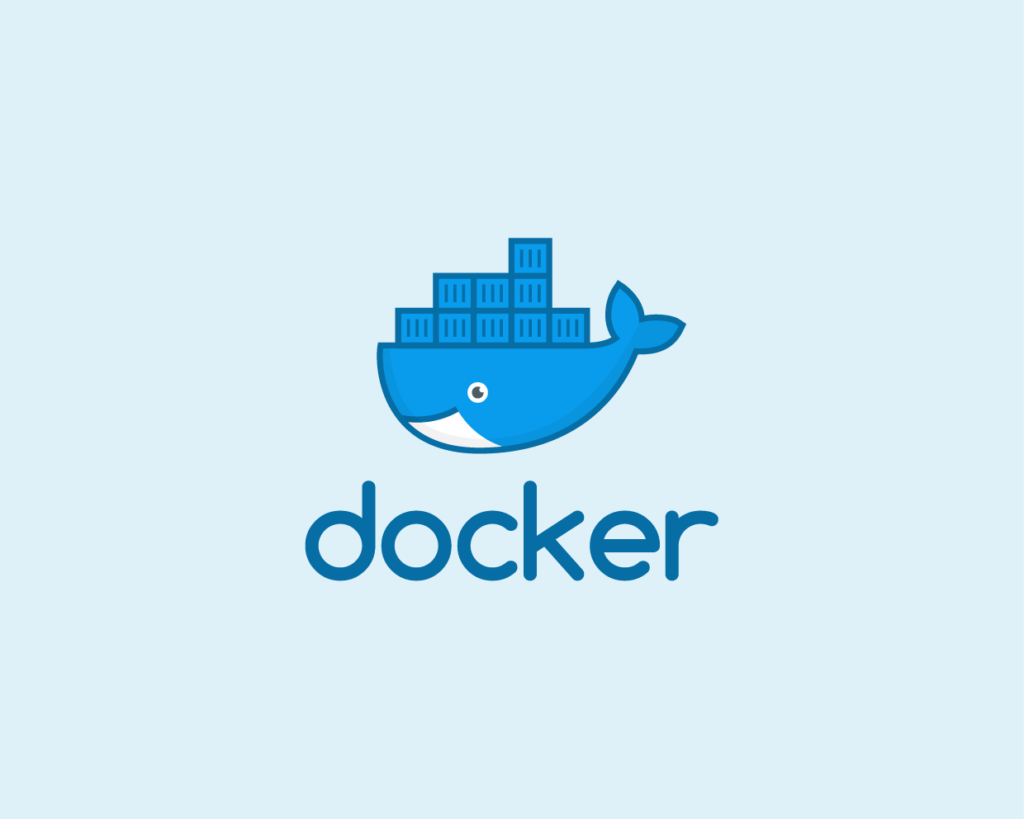Web accessibility has long been a fundamental pillar of inclusive digital design. In today’s world—where the internet is a basic necessity, not a luxury—it’s essential that everyone, regardless of ability, can navigate, interact with, and benefit from the web.
Enter Artificial Intelligence (AI). AI is not just changing how we build websites; it’s changing who can use them. From real-time captioning to intelligent screen readers and automated compliance testing, AI-powered tools are bridging accessibility gaps faster and more efficiently than ever before.
This article explores the current landscape of AI in web accessibility, including benefits, tools, use cases, and ethical considerations. Whether you’re a developer, designer, product manager, or content creator, understanding this evolution is vital to building digital experiences that serve everyone.
What Is Web Accessibility?
Web accessibility refers to the design and development of websites, tools, and technologies so that people with disabilities—visual, auditory, motor, cognitive—can use them effectively. It is guided by standards like the Web Content Accessibility Guidelines (WCAG) and supported by legal frameworks such as the ADA, Section 508, and EN 301 549 in various regions.
Common examples of accessibility features include:
- Keyboard navigation
- Screen reader compatibility
- Alternative text for images
- High contrast and scalable fonts
- Captions and transcripts for media
The Problem: Manual Accessibility Is Expensive and Inconsistent
Manual accessibility audits are critical but time-consuming, expensive, and prone to human error. Keeping up with evolving content and design changes makes accessibility a moving target.
Many teams—especially small businesses and startups—lack the resources to hire full-time accessibility experts or perform in-depth compliance checks on every release. That’s where AI steps in.
How AI Is Transforming Web Accessibility
1. Automated Accessibility Audits
AI tools like axe AI, Deque, and accessiBe scan websites in real time to identify WCAG violations such as missing alt tags, improper heading structures, or insufficient color contrast. They provide suggestions or auto-remediation options that save teams hours of manual review.
These tools can be embedded in your CI/CD pipeline to flag issues before they reach production, improving shift-left accessibility testing.
2. Smart Alt Text Generation
One of the most tedious and critical accessibility tasks is writing alternative text (alt text) for images. AI models like Microsoft’s Azure Cognitive Services, Google Cloud Vision, and OpenAI’s GPT-based tools can generate descriptive alt text automatically.
While human review is still recommended for nuance and accuracy, AI-generated descriptions significantly reduce the workload and ensure that no image goes untagged.
3. AI-Powered Screen Readers
Traditional screen readers rely on HTML structure and ARIA labels. Modern AI-enhanced screen readers like Voice Dream Reader or Seeing AI use natural language processing (NLP) and computer vision to interpret web content, documents, and even dynamic interfaces in a more human-like way.
For example, they can summarize complex page layouts, identify key actions (like buttons or menus), and even describe the mood of an image.
4. Real-Time Captioning and Transcription
AI-driven tools like Google Live Caption, Otter.ai, Zoom AI Companion, and Microsoft Teams AI offer automatic speech-to-text functionality. These tools provide real-time captions during video calls, webinars, or video playback—making multimedia content accessible to people who are deaf or hard of hearing.
Developers can integrate AI transcription APIs into their websites to auto-generate subtitles for audio or video content.
5. Personalized User Experiences
AI can dynamically adapt a site’s interface based on user preferences. For example:
- Changing color themes for colorblind users
- Enlarging fonts based on vision needs
- Simplifying navigation for users with cognitive disabilities
By learning from user behavior, AI systems can personalize accessibility without manual toggling, creating smoother, more inclusive digital experiences.
Popular AI Tools for Web Accessibility
Here are some AI-powered solutions making waves in the accessibility space:
| Tool | Description |
|---|---|
| accessiBe | AI overlay tool that scans and remediates accessibility issues in real-time |
| axe DevTools (Deque) | Automated WCAG testing integrated into developer workflows |
| EqualWeb | Web accessibility AI platform with compliance tracking |
| Microsoft Seeing AI | Describes people, text, and objects for visually impaired users |
| Otter.ai | Real-time transcription for meetings and videos |
Real-World Use Cases
Ecommerce
Retail websites like ASOS and Zappos use AI to ensure screen reader compatibility, generate alt text, and enable voice navigation—improving UX and reducing legal risk.
Education
Online learning platforms integrate AI captioning and document scanning to ensure students with disabilities can access course materials.
Government Services
Public sector websites use AI to automate accessibility audits and comply with legislation like the Americans with Disabilities Act (ADA) and Section 508.
The Business Case: Why Accessibility (and AI) Matters
- Expands your audience: Over 1 billion people globally live with some form of disability.
- Boosts SEO: Accessibility practices improve site structure and usability, positively impacting search rankings.
- Reduces legal risk: Web accessibility lawsuits are on the rise. AI tools can help you stay compliant.
- Enhances brand reputation: Inclusive brands build deeper trust and loyalty.
Challenges and Ethical Considerations
While AI is powerful, it’s not a silver bullet.
- Over-reliance on automation: AI can miss edge cases or introduce new barriers if not reviewed by humans.
- Bias and inaccuracy: AI-generated content may carry biases or errors if training data is flawed.
- Data privacy: AI tools that analyze user behavior must respect privacy and comply with GDPR/CCPA regulations.
Best practice: Use AI to augment—not replace—human accessibility experts.
AI is reshaping how we think about web accessibility. It enables developers to move faster, content creators to reach wider audiences, and users with disabilities to experience the web with greater independence and dignity.
The key to success lies in combining AI innovation with human empathy and oversight. By embracing both, we can build a web that works for everyone.

